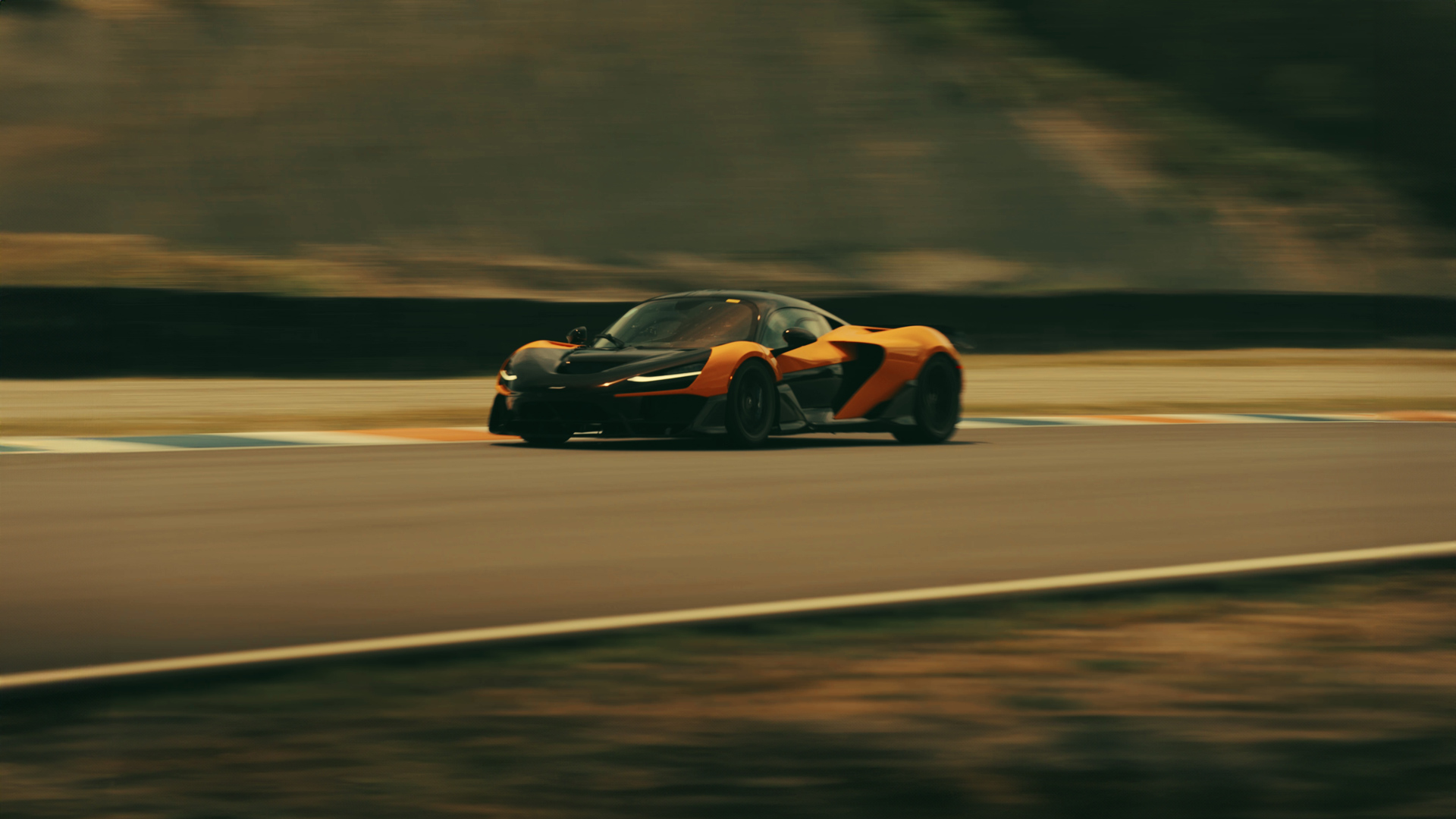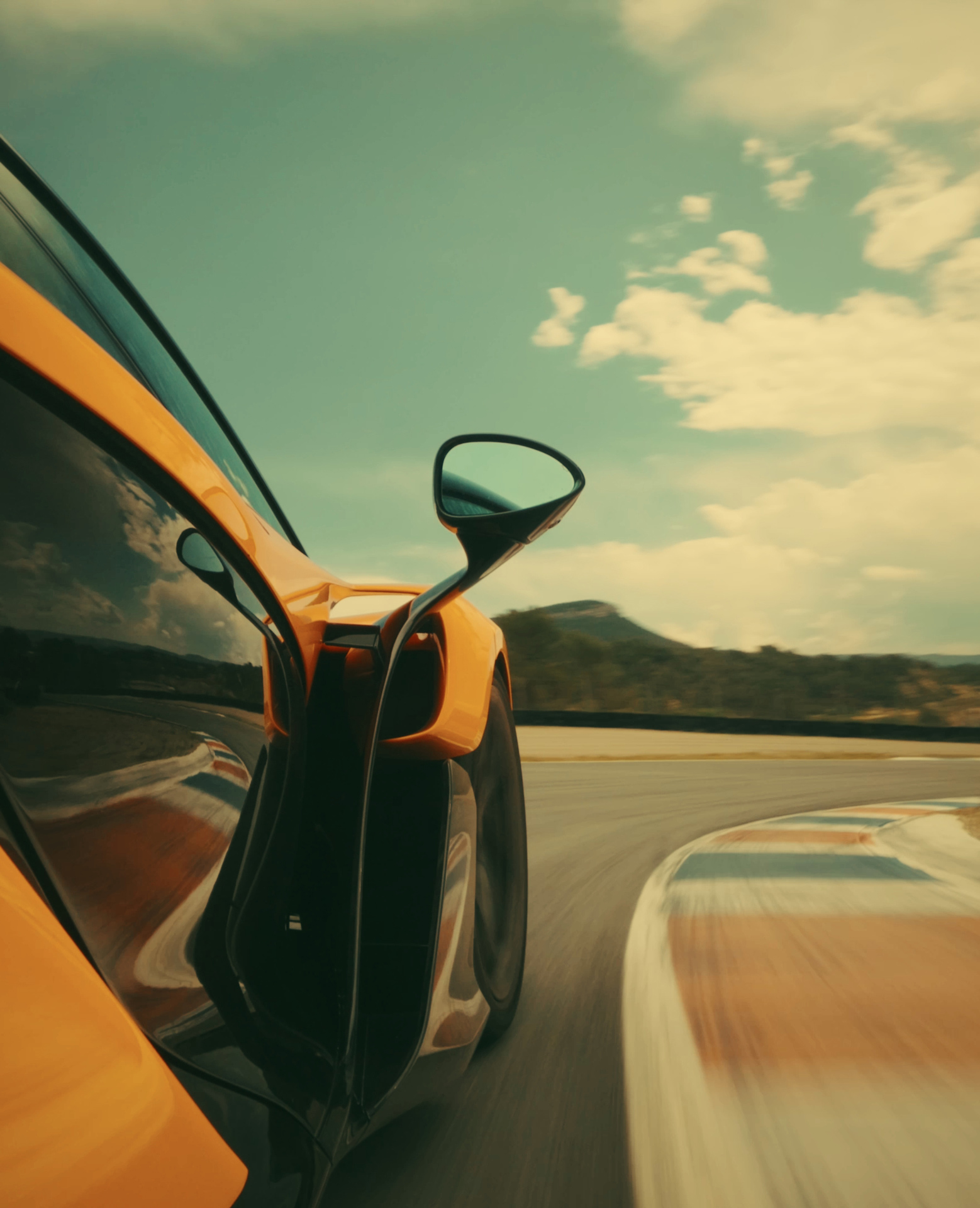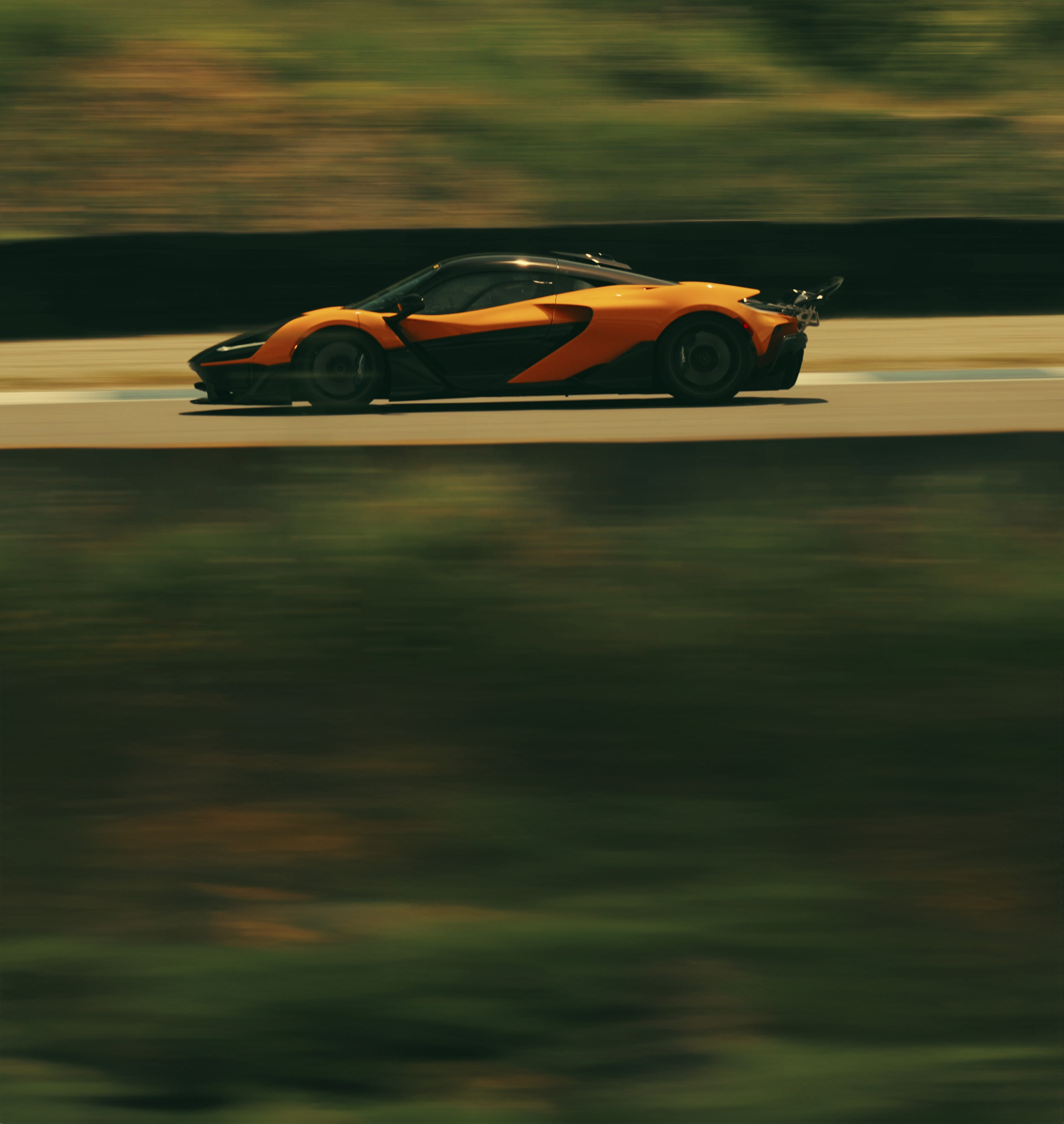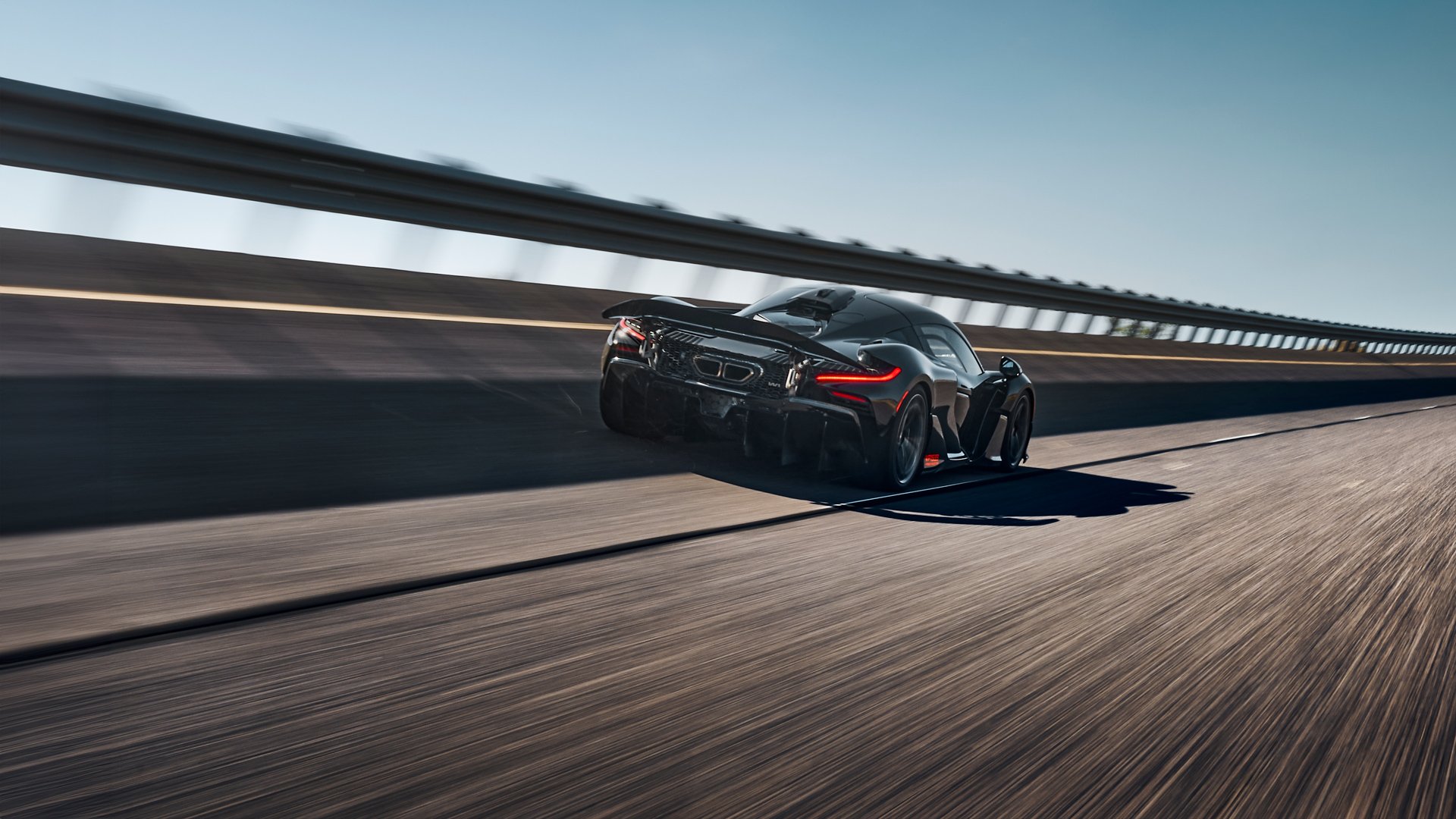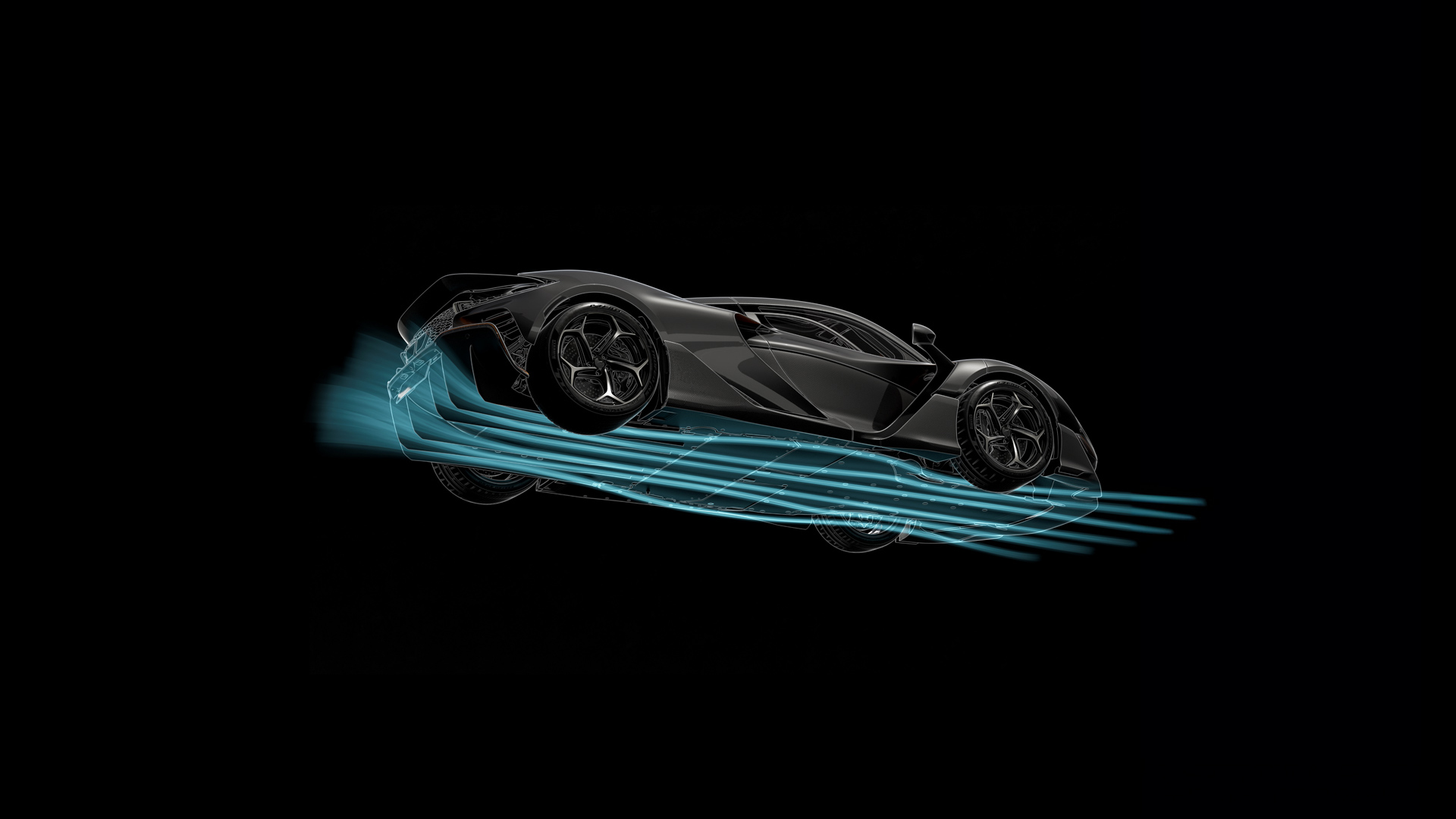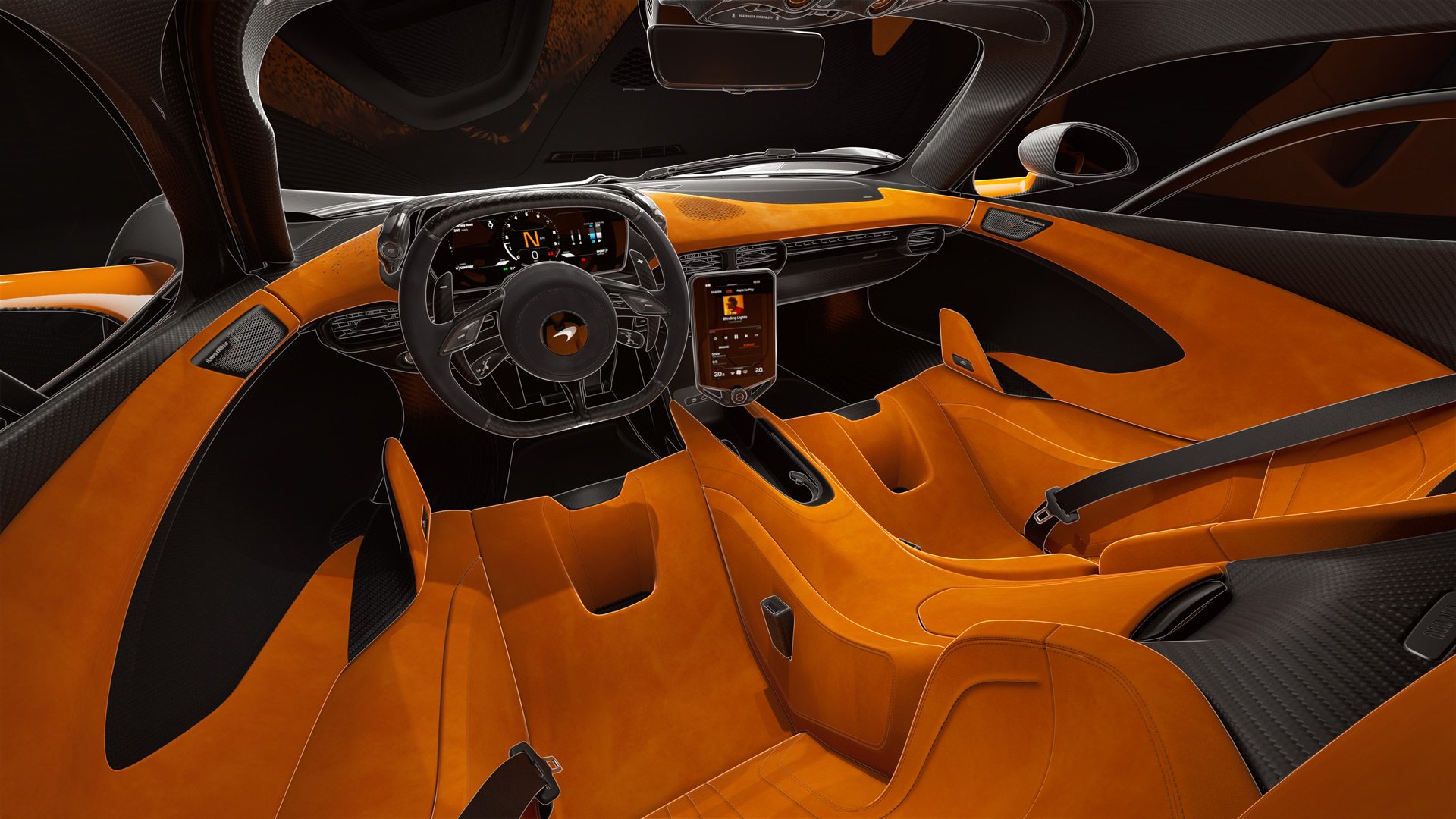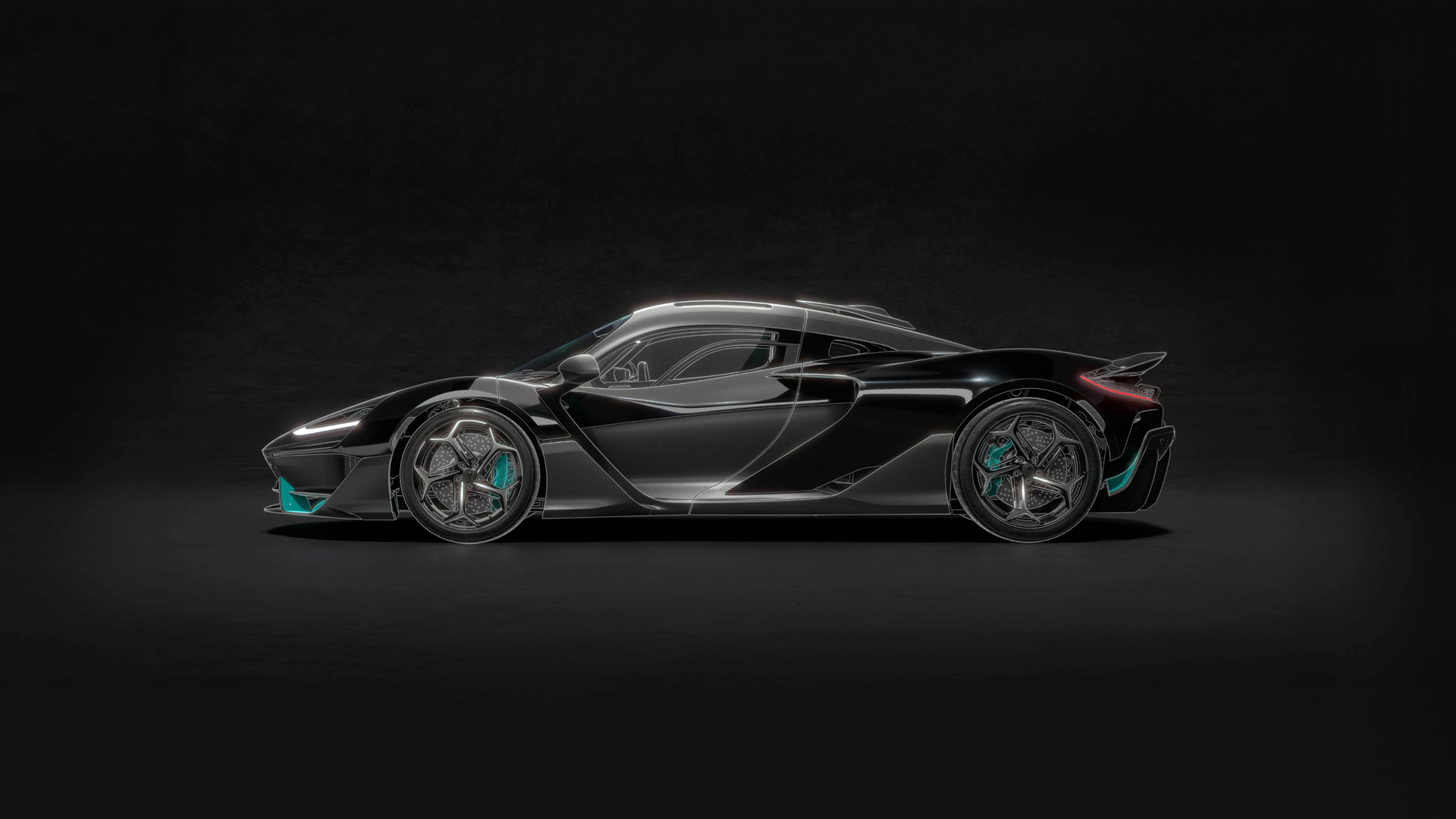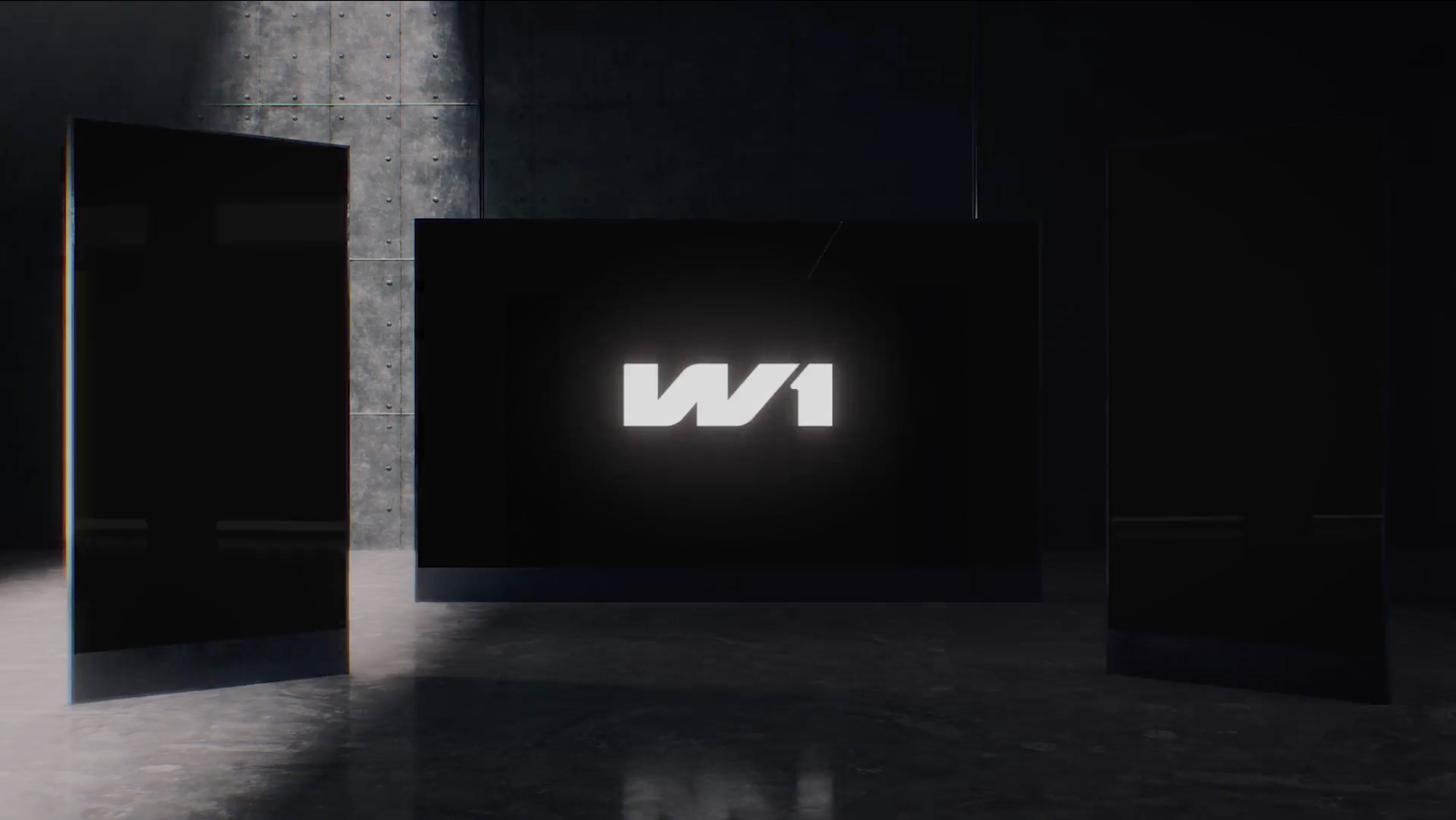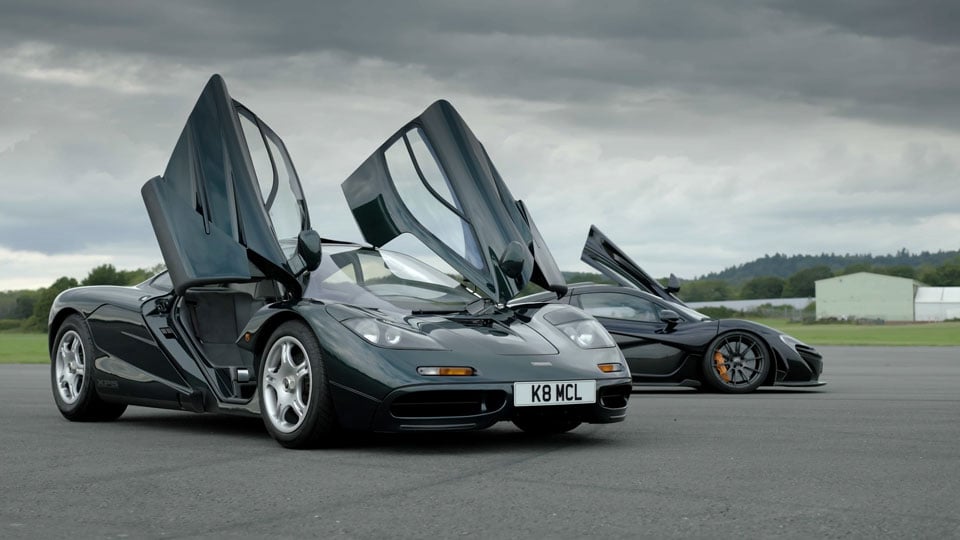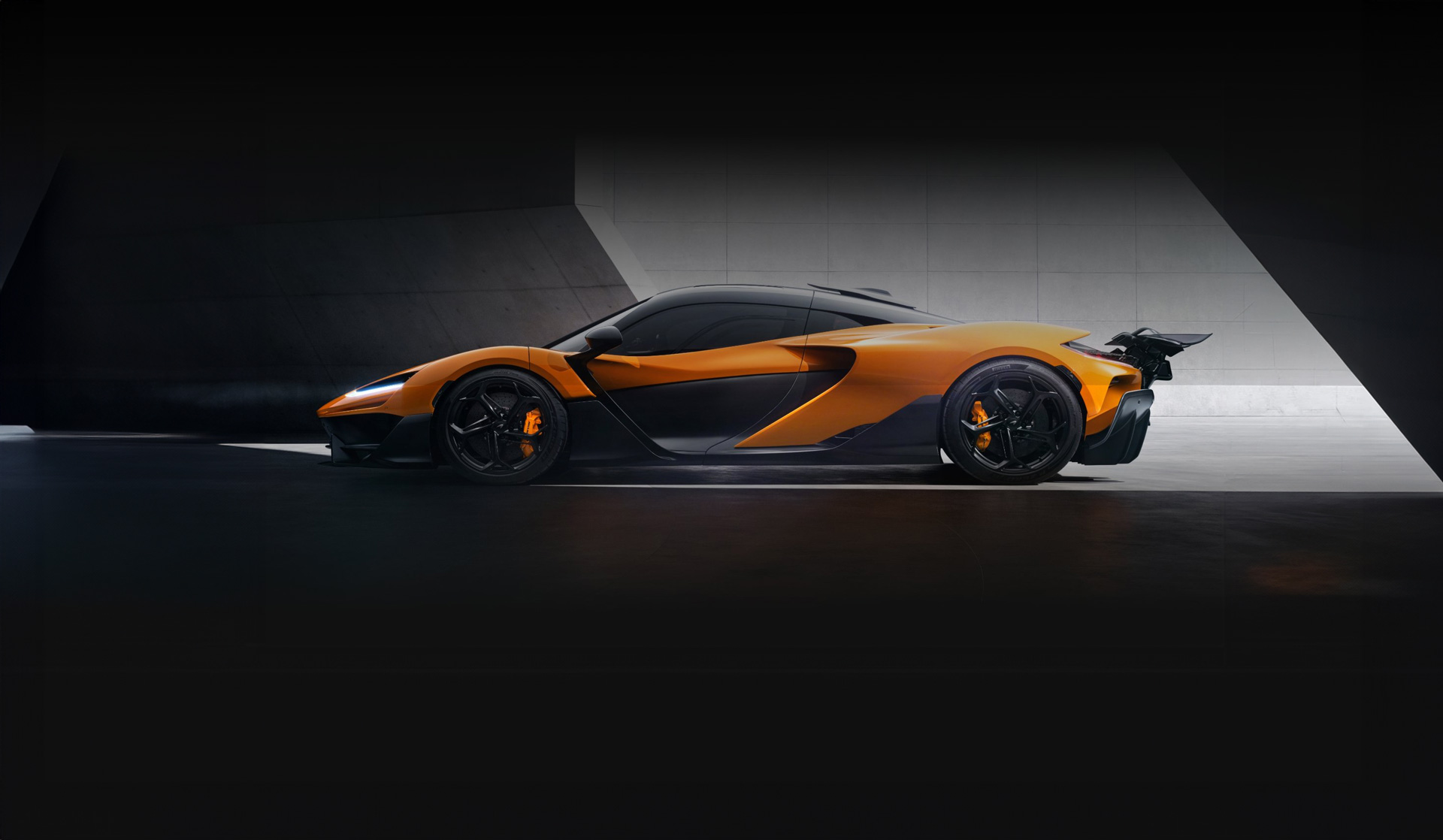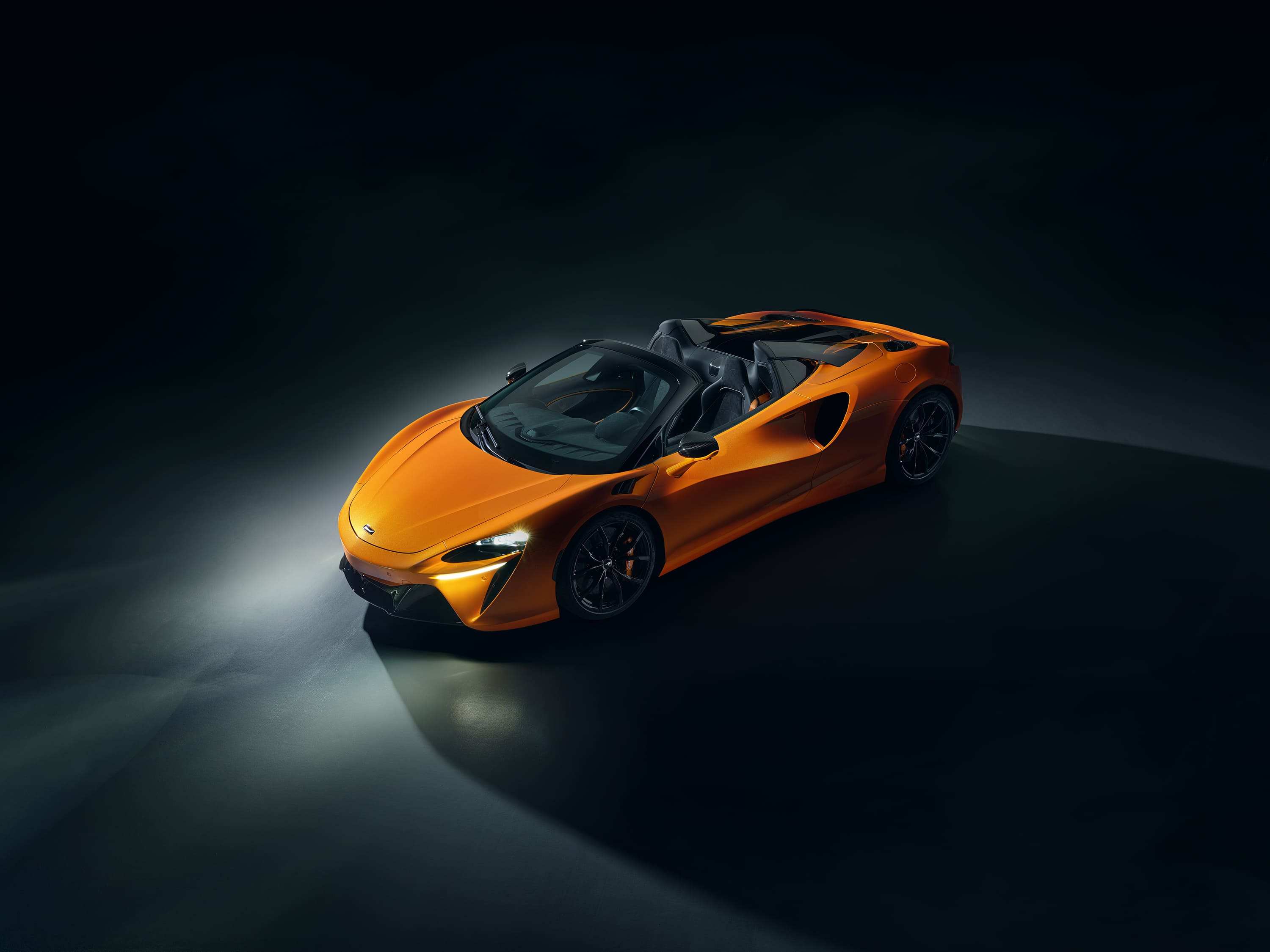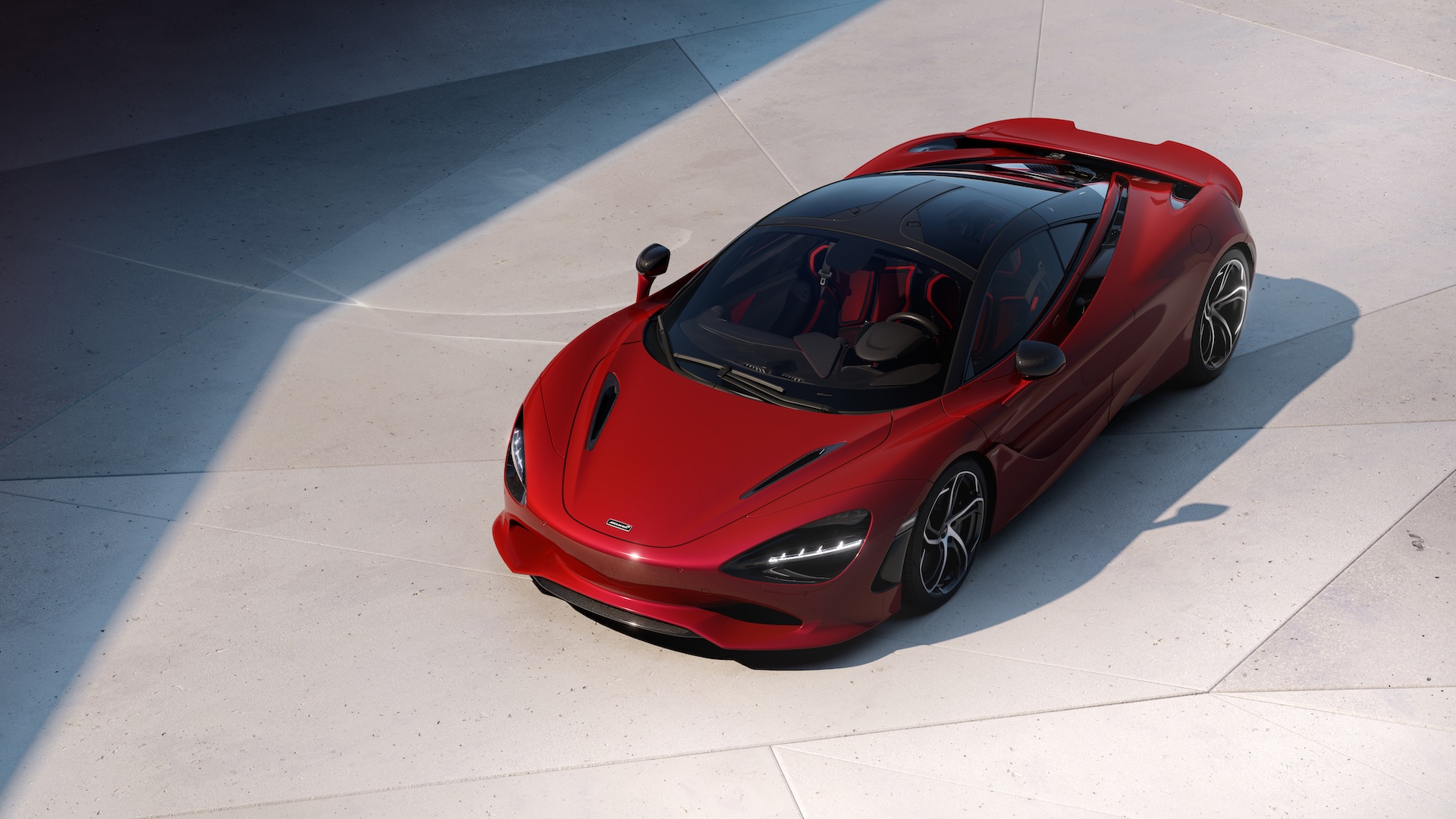A wind of change
Episode 3 of our ‘One Vision’ series breathes fresh air into the story of how we developed groundbreaking aerodynamics for the McLaren W1. This film stars Robin Algoo, Advanced Aerodynamics Architect, who has been instrumental in developing the car’s revolutionary airflow. Taking inspiration from the track, the W1 generates most of its downforce from ground-effect like the McLaren MCL38 Formula 1 car. “It breaks the ceiling,” explains Algoo. “There’s a lot of McLaren and automotive firsts that really pushed the team to the limit.”

